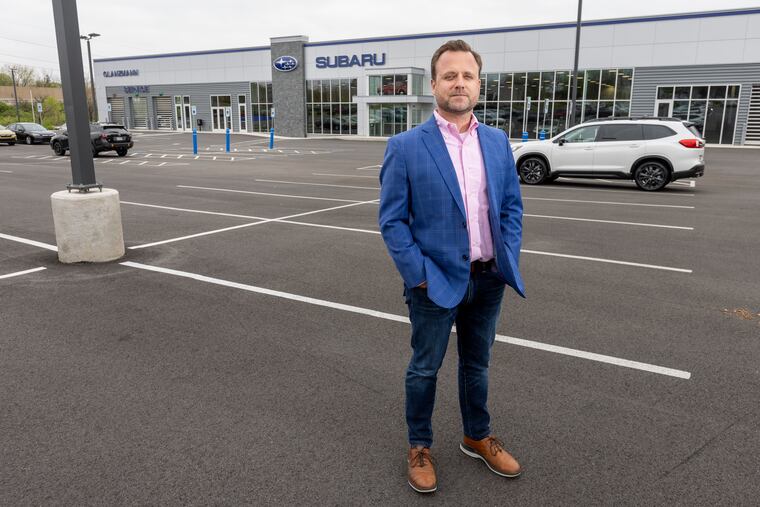New car buyers face slim pickings and high prices amid inflation and supply shortages
Auto shoppers are dealing with problems this year: Supply is down, demand is up, and many are paying over sticker price.

Auto shoppers are dealing with problems this year: Supply is down, demand is up, and many are paying over sticker price.
